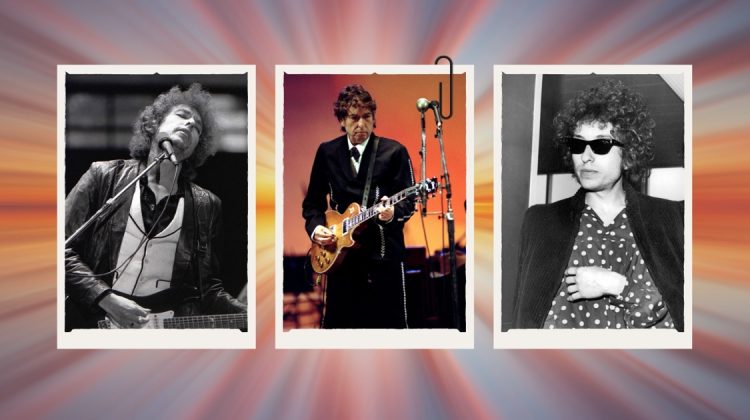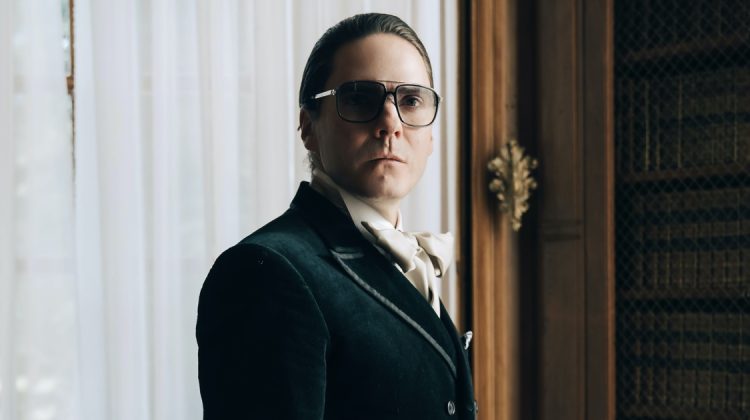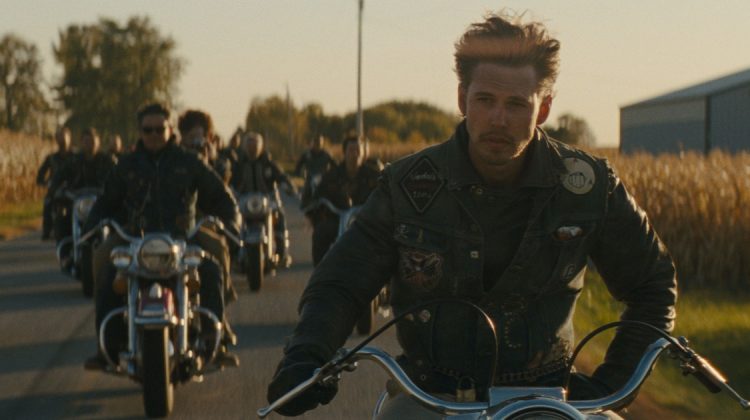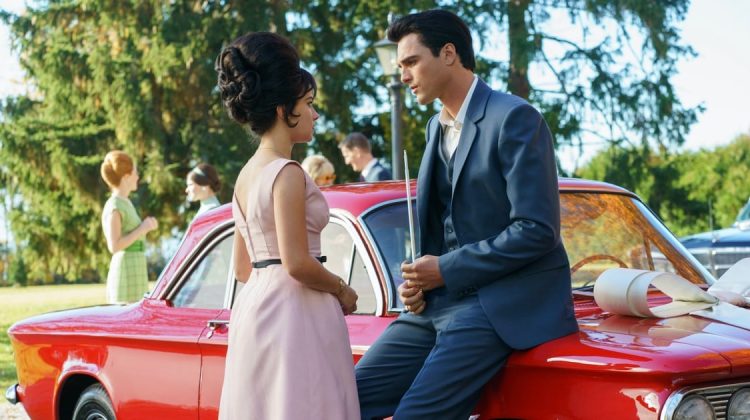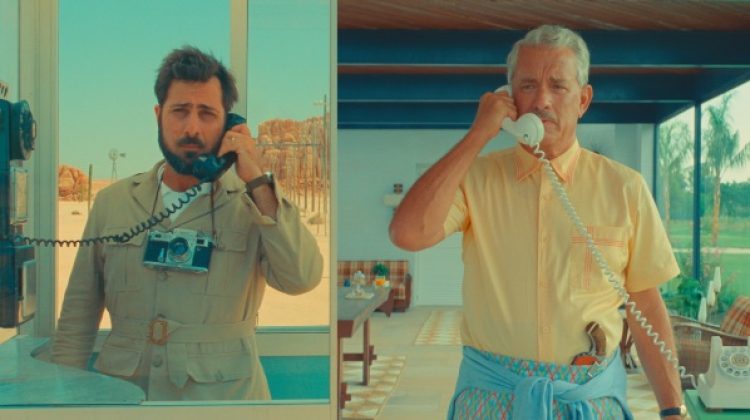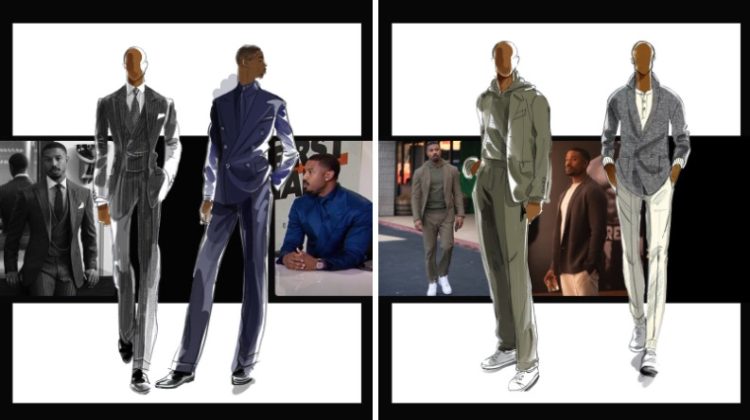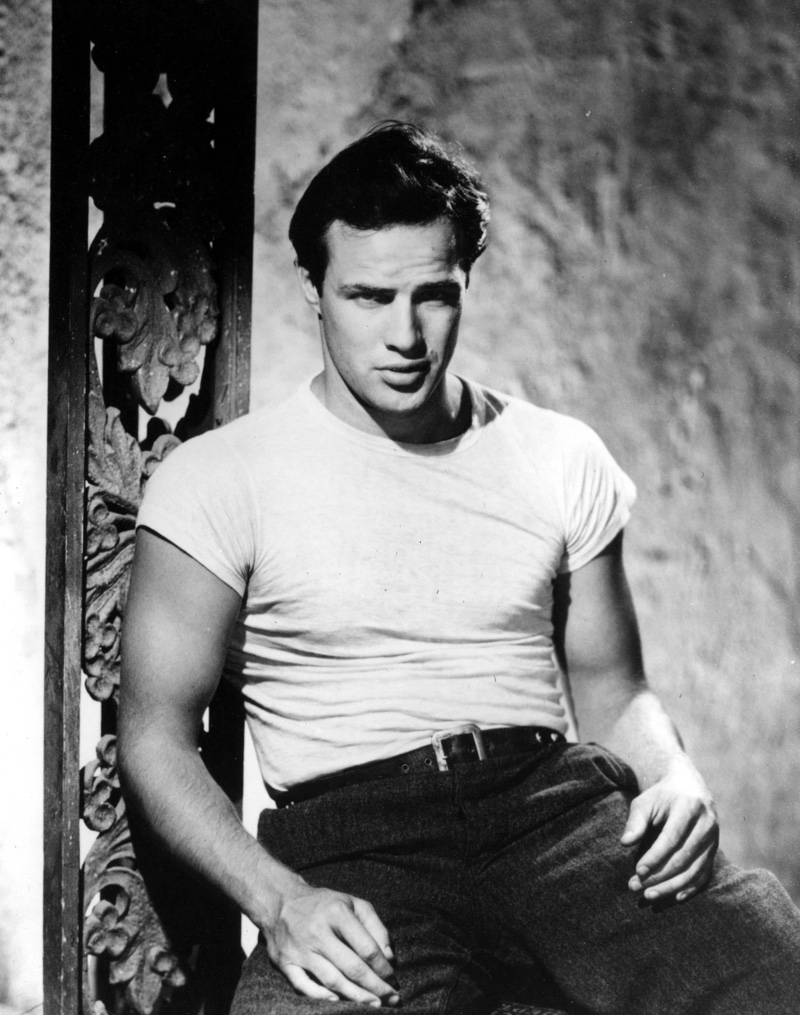
With an extraordinary career spanning sixty years, Marlon Brando remains an acting legend and an iconic figure of rebellious fashion on the big screen, despite his death in 2004. Born on April 3, 1924, in Omaha, Nebraska, the movie star was reputed to have a way of “absorbing” some of how his friends would behave, a skill that would greatly benefit him in his acting career later on.
While the American actor certainly is remembered for his portrayal of Vito Corleone in 1972’s The Godfather, directed by Francis Ford Coppola, people look at Marlon Brando young fondly. After all, Brando blazed a rebellious trail in A Streetcar Named Desire (1951) and The Wild One (1953). His well-built physique and charisma only added to the slick effect conveyed by his outfits.
Brando’s Acting Technique
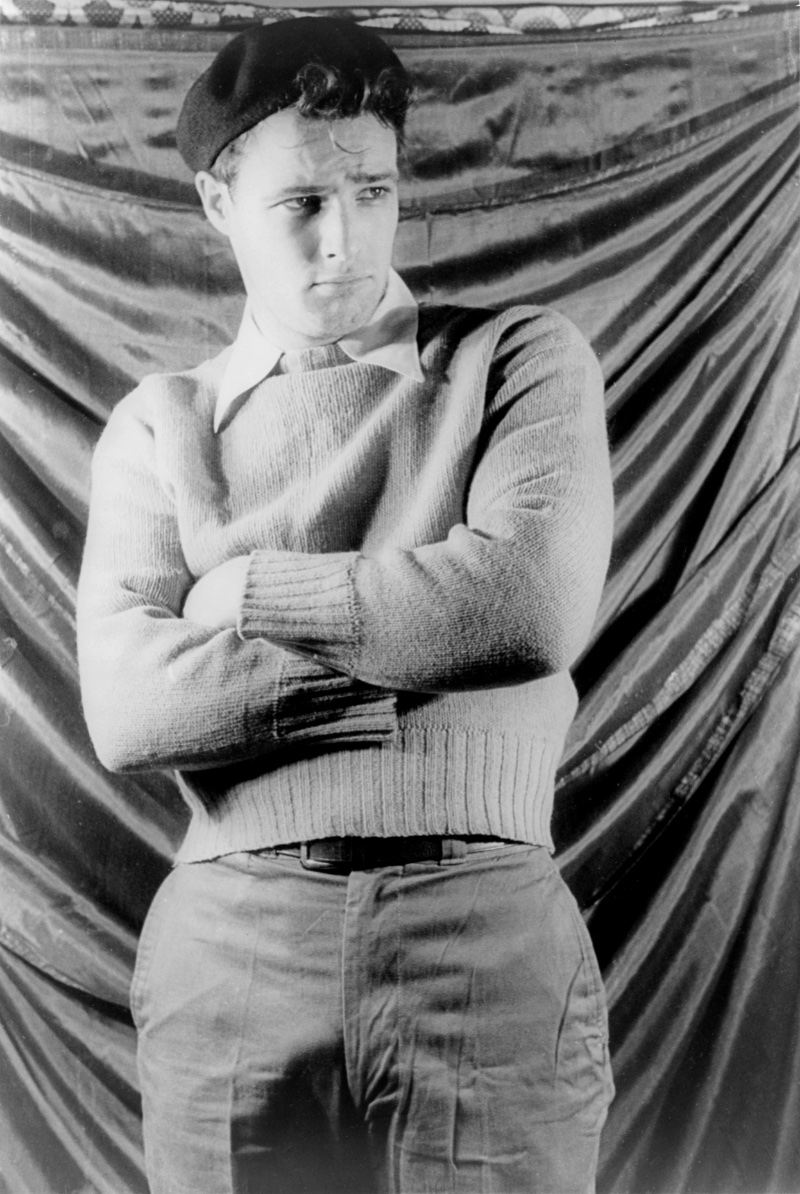
Marlon Brando’s acting technique was revolutionary and influential in the acting world. He pioneered the Method style of acting, referencing the Stanislavski technique, which emphasizes the actor’s emotional and psychological connection to the character.
Brando believed that the key to a powerful performance was to draw on one’s own experiences and emotions rather than simply reciting lines or hitting marks. He was known for his intense preparation for his roles, often immersing himself in the character’s world and developing a deep understanding of their motivations and backstory.
Brando’s performances were marked by their raw emotional power and physicality, with the actor often using his body and facial expressions to convey deep-seated emotions. Brando’s approach to acting profoundly impacted the craft, and his legacy continues to influence and inspire actors today.
Marlon Brando Young
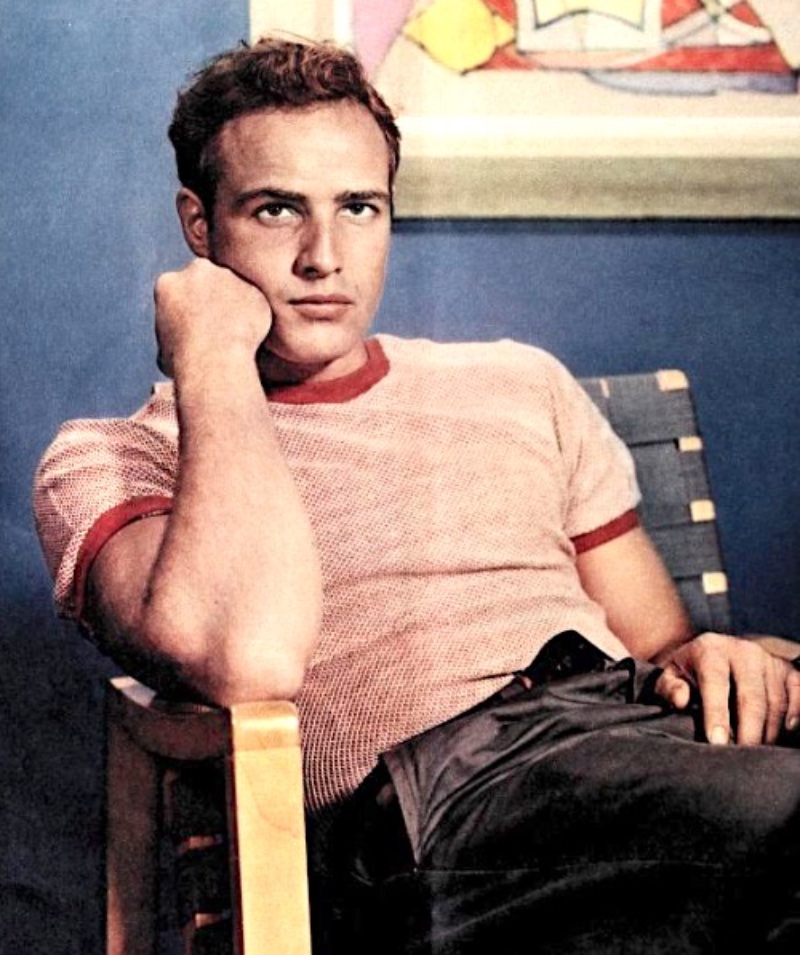
Harold Clurman and Stella Adler were both instrumental in shaping Marlon Brando’s early career as an actor. Clurman, a director with the Group Theatre, recognized Brando’s talent and cast him in several productions, including Truckline Cafe and A Flag is Born.
Under Clurman’s guidance, Brando honed his technique and drew on his experiences and emotions to create more authentic and powerful performances. Meanwhile, Adler, a renowned acting teacher, recognized Brando’s potential and took him under her wing, becoming his coach and helping him develop his craft.
Adler’s technique-driven approach emphasized the importance of the actor’s imagination and emotional connection to the character. Brando’s breakthrough role came in 1951 when he starred in A Streetcar Named Desire, based on Tennessee Williams’s play.
Brando’s intense emotional power and raw physicality, which he had honed through his work with Clurman and Adler, made him an instant sensation. Brando and Adler continued to work together throughout the 1950s and 1960s, with Adler helping to shape some of Brando’s most iconic performances in films like On the Waterfront and The Godfather.
Laurence Olivier Rivalry
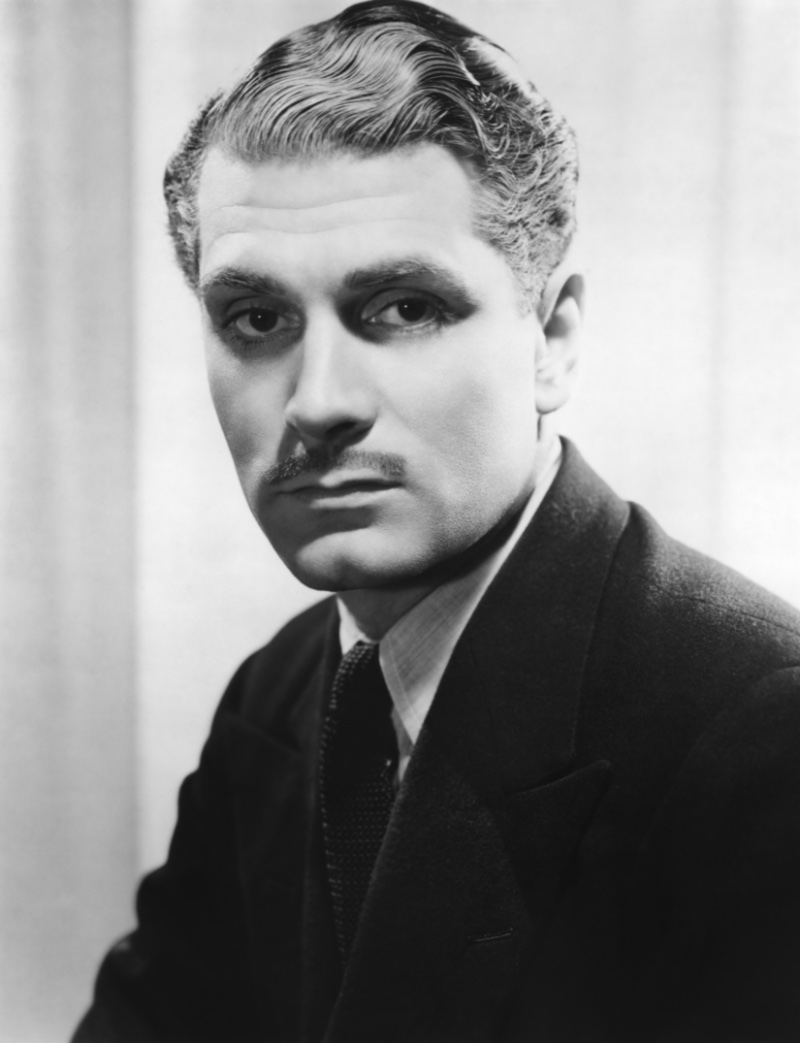
Marlon Brando and Laurence Olivier were highly regarded actors who impacted the acting world significantly. They had mutual respect for each other’s talent, but their relationship was not without its tensions.
In the 1950s, Brando and Olivier were two of the biggest stars in the acting world. Brando’s intense emotional performances and naturalistic approach to acting made him a sensation in Hollywood.
At the same time, Olivier was widely regarded as one of the greatest classical actors of his generation, known for his impeccable technique and mastery of Shakespearean roles. In his autobiography, Olivier wrote that he found Brando an “enigma” and struggled to understand his approach to acting.
He also criticized Brando’s use of the Method, which he saw as indulgent self-absorption that detracted from the discipline and technical precision of classical acting.
A Streetcar Named Desire (1951)
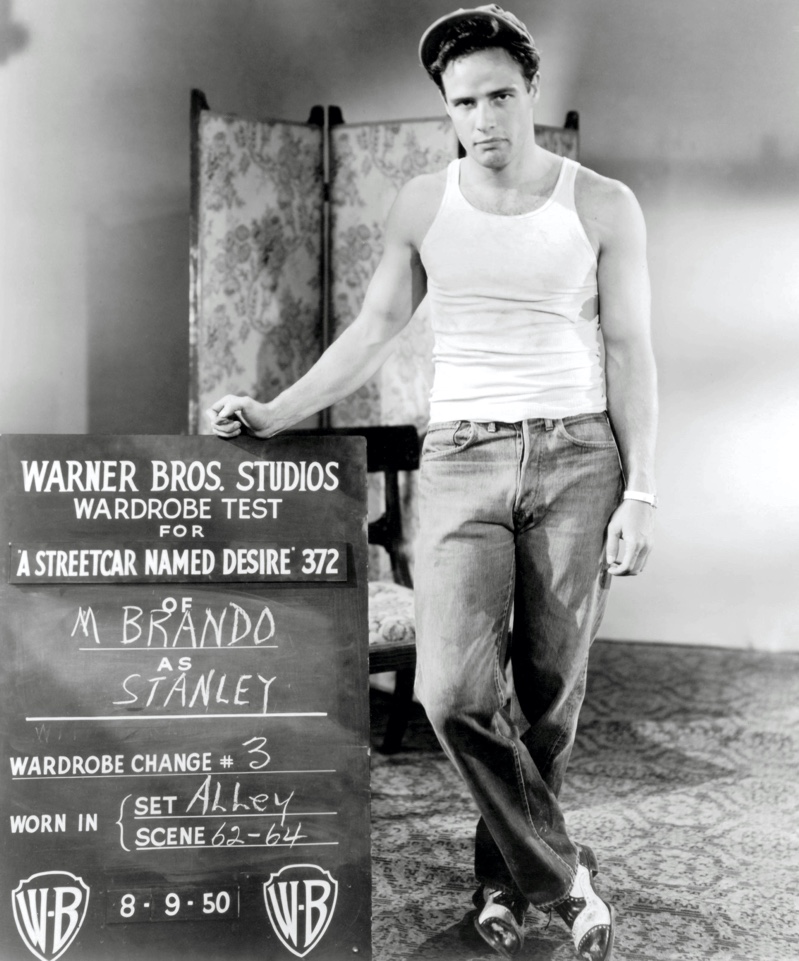
Marlon Brando captivated audiences on the big screen with the film adaption of Tennessee Williams’ A Streetcar Named Desire, which made its debut in 1951. Brando played Stanley Kowalski, a sexualized brute, and represented the ultimate bad boy opposite his troubled sister-in-law, Blanche DuBois (Vivien Leigh).
An image of rebellious youth, much like James Dean, Brando cemented a Hollywood image, captured in a simple fitted t-shirt and with piercing leading man features. Although the film was “immoral, decadent, vulgar and sinful,” according to critics, it was a wildly popular film at the time and isn’t a bad watch today either.
The Wild One (1953)
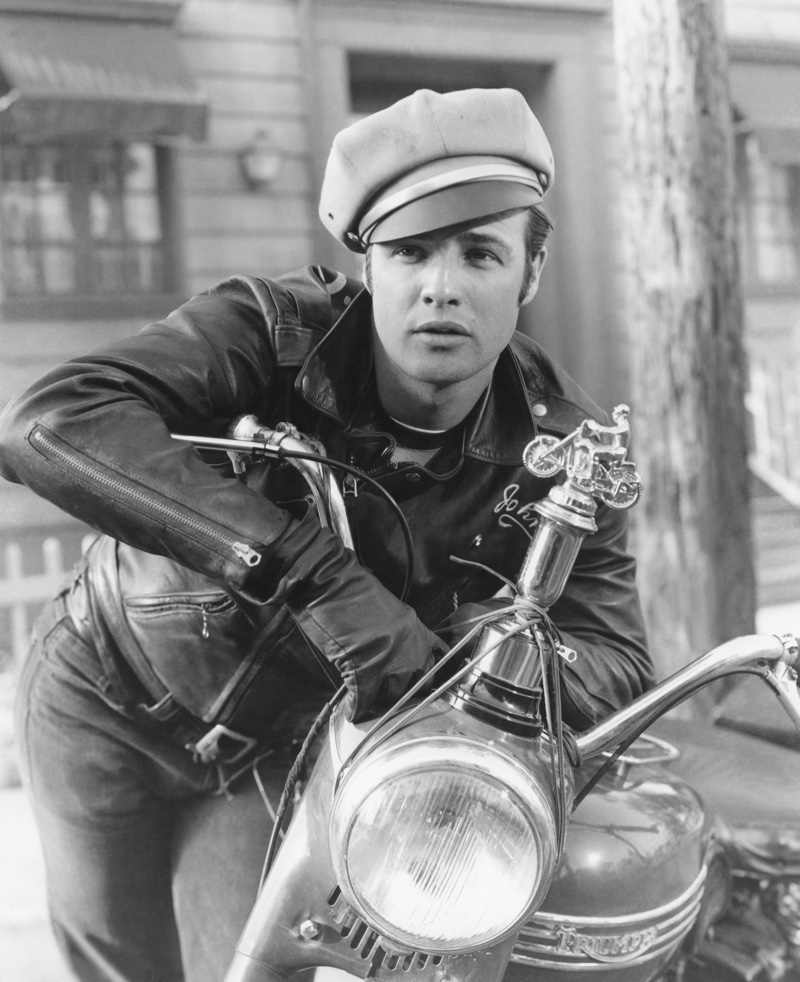
Marlon Brando’s role in A Streetcar Named Desire was not his only time playing a bad boy. In the 1953 classic The Wild One, Brando tackled Johnny Strabler, taking the starring role in the drama between motorcycle gangs.
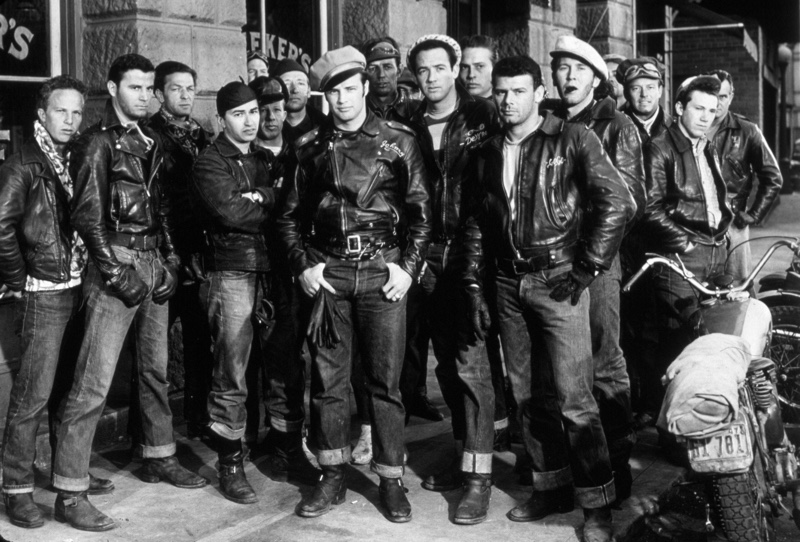
When people think about leather jackets in Hollywood films, Brando’s portrayal of Johnny Strabler comes to mind with his dangerous leather biker jacket and biker cap fashioned in a tilt. The leather biker jacket that Marlon Brando wears in this film is worth mentioning and is one of a kind.
First, the zip is centered slightly to the right to give an asymmetrical impression, and the words “Johnny” are engraved in cursive on the left shoulder. He polishes this look with a striped T-shirt (barely visible) underneath and a simple buckled belt.
Despite being decades old, elements of Brando’s cinematic outfits seem to have endured.
Julius Caesar (1953)
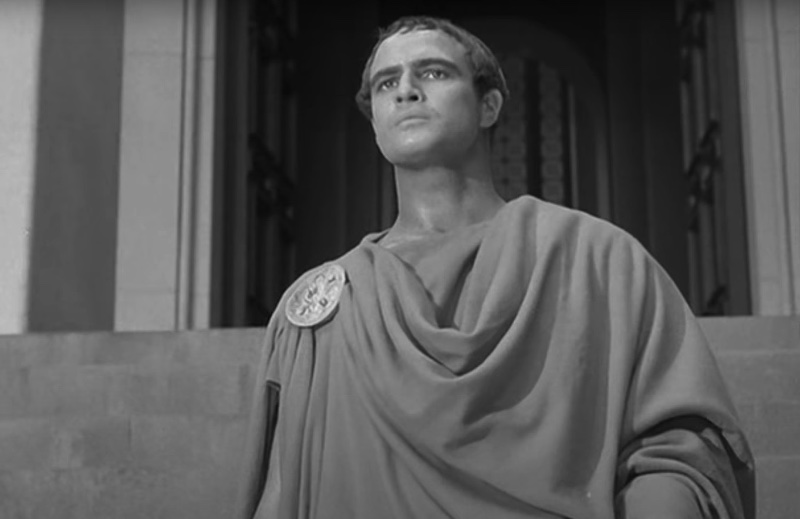
Marlon Brando’s performance in the movie Julius Caesar is considered one of his most outstanding acting achievements. In the film, Brando portrays Mark Antony, Caesar’s loyal friend who seeks to avenge his assassination, opposite James Mason’s Brutus.
Brando’s interpretation of Antony is charismatic and powerful, with his famous “Friends, Romans, countrymen” speech highlighting the film. Brando’s portrayal of Antony is also notable for its subtlety. He manages to convey a sense of depth and complexity to the character that is not always present in other portrayals of the role.
Overall, Brando’s performance in Julius Caesar is a testament to his incredible talent as an actor and his ability to bring complex characters to life on the big screen.
On the Waterfront (1954)
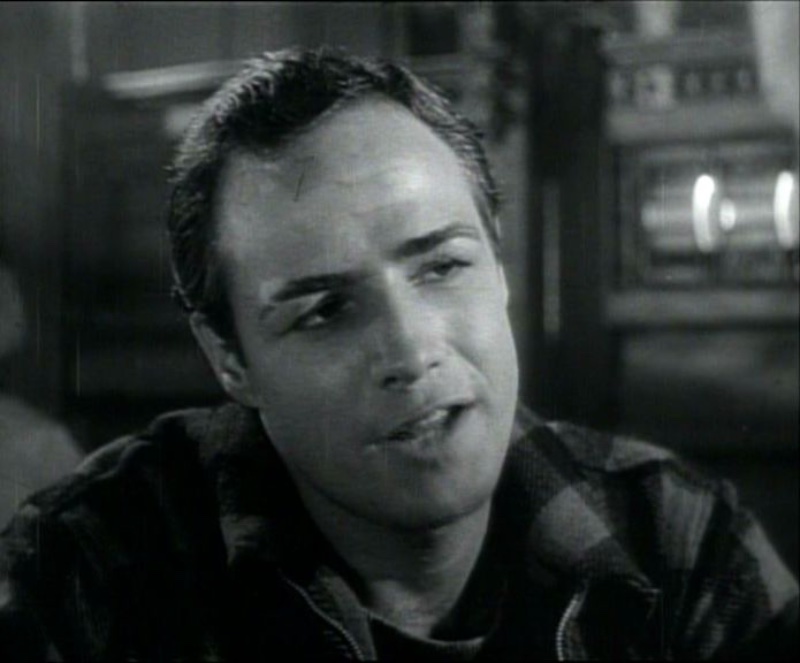
Brando’s role in Elia Kazan’s On the Waterfront is often considered one of the greatest in American cinema history. In the film, he portrays Terry Malloy, a former boxer who works as a longshoreman in New York City and becomes embroiled in a conflict between his union boss and the corrupt local mob.
Brando’s portrayal of Malloy is a masterclass in subtlety and nuance, as he brings a sense of vulnerability and complexity to the rare character in Hollywood films. His iconic “I coulda been a contender” speech is still celebrated as one of the greatest moments in cinematic history.
Brando’s work in On the Waterfront earned him his first Academy Award for Best Actor and cemented his status as one of the greatest actors of his generation. The film is widely regarded as a classic of American cinema, and the iconic actor’s performance is a significant reason for its enduring popularity and influence.
The Young Lions (1958)
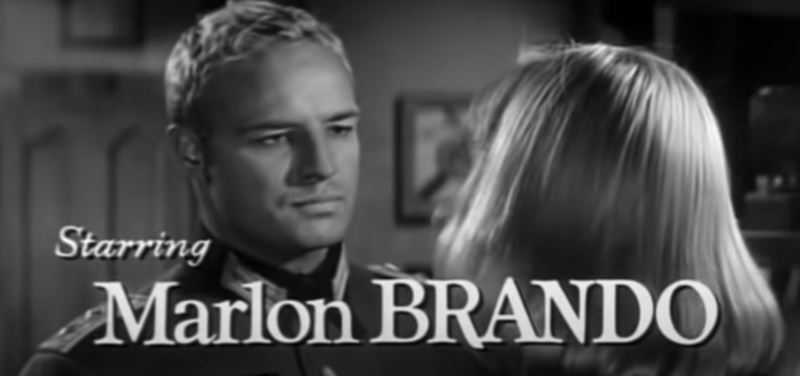
Brando starred in the 1958 war drama film The Young Lions alongside Montgomery Clift as Noah Ackerman and Dean Martin as Michael Whiteacre. The movie, based on a novel by Irwin Shaw, tells the story of three soldiers—one American, one German, and one Jewish—and how their lives intersect during World War II. Brando plays the role of Christian Diestl, a disillusioned officer of the German army who becomes increasingly disenchanted with the Nazi cause as the war progresses.
Brando’s portrayal is intense and nuanced, as he conveys both the character’s conflicted emotions and the horrors of war. Despite receiving mixed reviews upon its release, The Young Lions is now considered a classic of its genre, and Brando’s performance is often cited as one of the film’s highlights.
The movie’s anti-war message and its portrayal of the complexities of human nature in times of conflict were ahead of their time and remain relevant to this day. Overall, “The Young Lions” is a powerful and thought-provoking film, and Brando’s performance as Christian Diestl is a testament to his talent and range as an actor.
Brando & Clift
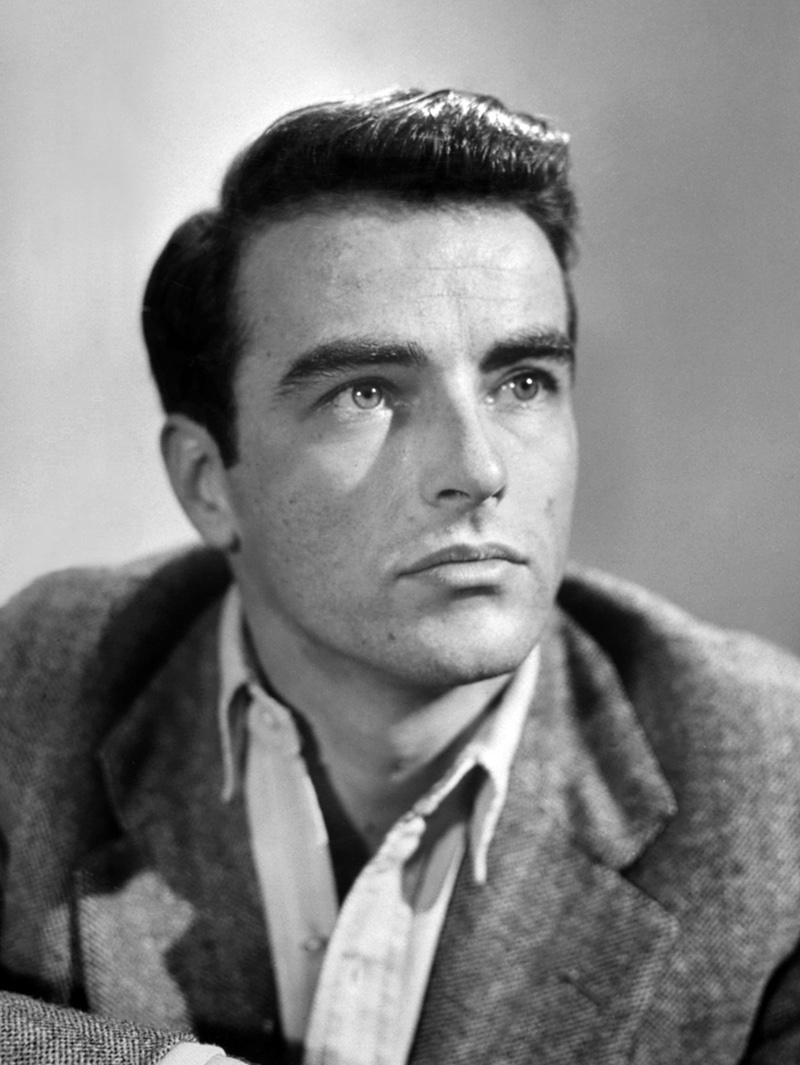
Marlon Brando and Montgomery Clift were friends and colleagues in the film industry. They first met in the early 1940s while studying at the Actors Studio in New York City, where they developed a deep and lasting friendship. Both Brando and Clift were known for their intense acting style and commitment to their craft, and they often collaborated and shared insights on their respective film projects.
Brando even credited Clift with helping him to develop his acting technique, and the two remained close friends until Clift’s untimely death in 1966. Brando was one of the first people to rush to Clift’s side after he was involved in a serious car accident in 1956, and he helped to care for him during his recovery.
One-Eyed Jacks (1961)
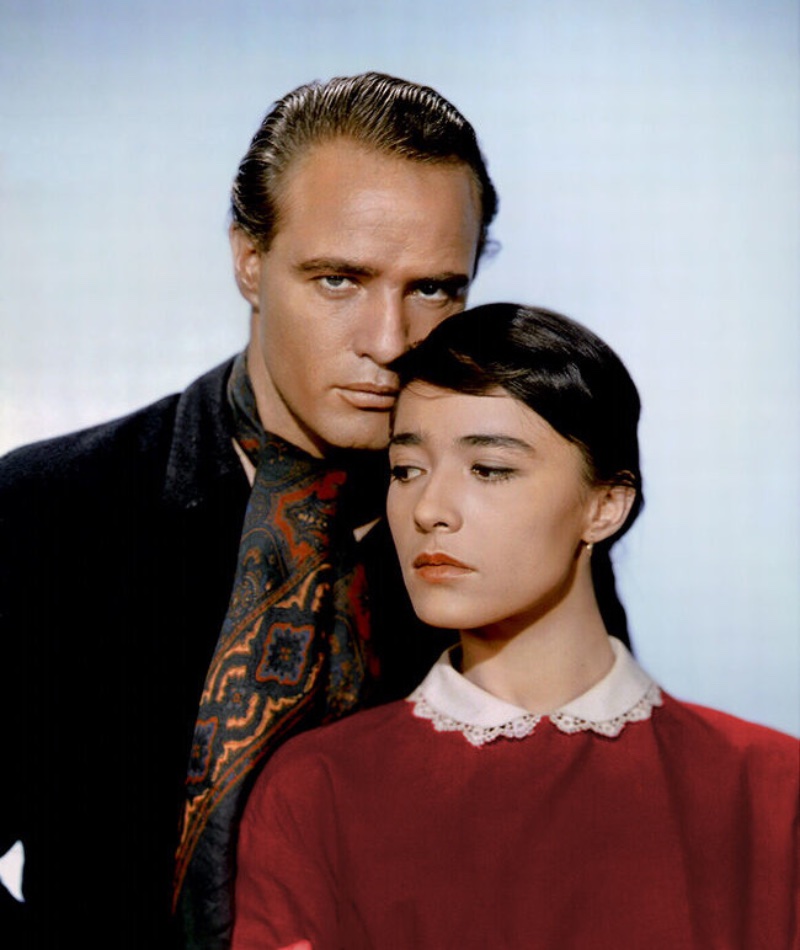
Marlon Brando directed and starred in the 1961 Western film One-Eyed Jacks, taking over from Stanley Kubrick, who had left the project due to creative differences. In the movie, he plays Rio, a bank robber betrayed by his partner and sent to prison.
After being released, Rio seeks revenge while embarking on a turbulent love affair with a young woman named Louisa, played by Pina Pellicer. Brando’s portrayal of Rio is considered a career highlight, with a complex mix of vulnerability and menace.
The film’s visual style and modern sensibility, along with his direction, contribute to its reappraisal as a classic of the Western genre.
The Godfather (1972)
Marlon Brando and Al Pacino had a close but complicated relationship on and off the screen. They first worked together in the 1972 film The Godfather, where Brando played the aging patriarch and Pacino, his son. Despite the film’s success, their relationship was often rocky due to Brando’s unpredictable behavior.
Brando was known for his unpredictable behavior and tendency to improvise and experiment with his performances, which sometimes clashed with Pacino’s more disciplined approach. However, the two shared a mutual respect for each other’s talent and engaged in deep conversations about acting and life.
Brando heavily influenced Pacino’s approach to acting, and the two worked together again in the 1990 film The Freshman.
Final Thoughts
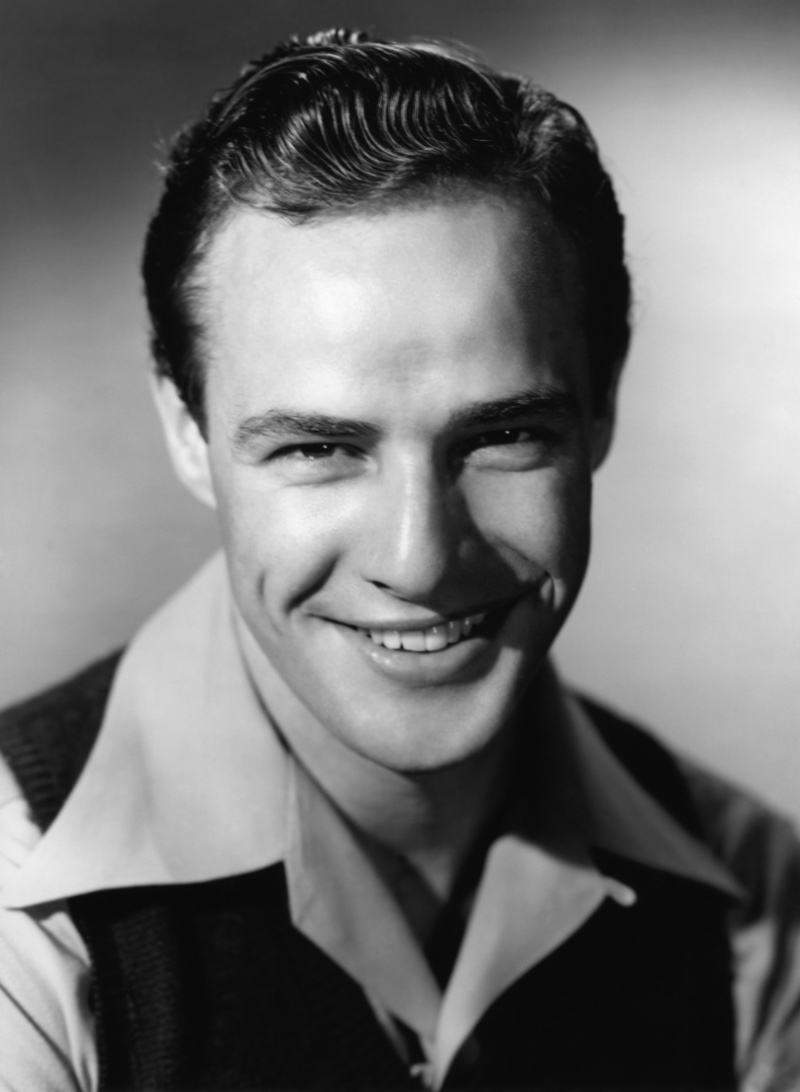
Marlon Brando’s legacy as an acting legend and cultural icon endures to this day, more than a decade after his death. He revolutionized the craft of acting with his method approach, which was influenced by the guidance of mentors such as Harold Clurman and Stella Adler.
His range and intensity as an actor were demonstrated in various iconic roles, from Marlon Brando young, as the rebellious Stanley Kowalski in A Streetcar Named Desire to the complex Terry Malloy in On the Waterfront.
His influence on the acting world was far-reaching and continues to inspire generations of actors. Brando’s friendship with Montgomery Clift and his relationship with Al Pacino also contributed to his reputation as a master collaborator and mentor.
Marlon Brando’s life and career will be remembered as a triumph of artistry and innovation in film.
